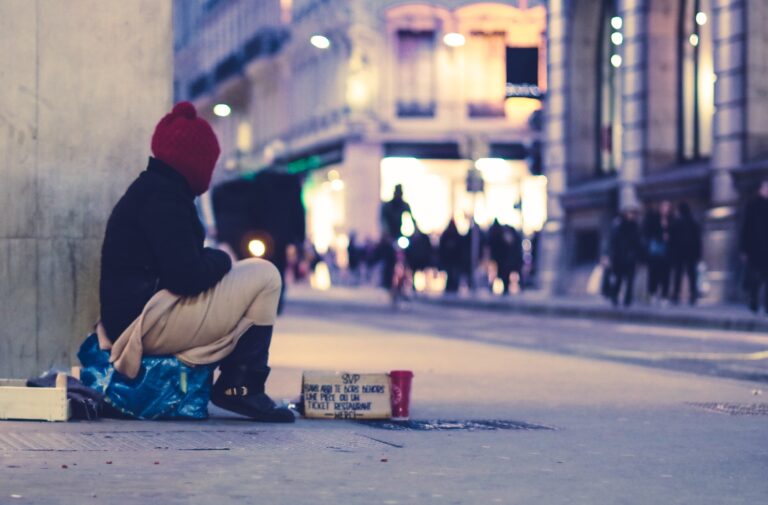During the Covid epidemic, the wealthiest individuals’ percentage of the world’s population has grown at an all-time high. They increased their total value by over $3.6 trillion just in 2020, increasing their household wealth share to 3.6%.
Additionally, since 1995, the percentage owned by billionaires has increased from 1% to 3%. A new millionaire was made every 30 hours during the Covid-19 epidemic. Yet one million people were experiencing extreme poverty at the same time.
Table of Contents
The gap between rich and poor is widening because of the pandemic
Compared to March 2020, when the outbreaks started, there were 573 billionaires worldwide. As a result, the epidemic, rising global inequality, and escalating food prices are all predicted to force 263 million people to fall into extreme poverty.
Additionally, in the first 24 months of COVID-19, the wealth of billionaires has grown more quickly than it has in previous years all together. Recently, 13.9 percent of the world’s GDP is equal to the combined wealth of billionaires around the globe. In comparison to 2000, when it was 4.4%, this is a three-fold increase.
Governments in the vast majority of countries cut back on spending for social protection, education, and healthcare. Additionally, they opposed increasing taxes on enormous wealth and lavish income.
As poverty rates hit historic highs and individuals struggled with decades-high prices, two-thirds of the world’s countries failed to raise their minimum salaries through economic progress. Despite the extreme financial strain on their governments, 143 of 161 nations froze the tax rates on their wealthiest residents, and 11 even cut them.
The wealth and poverty gaps have widened since Covid-19, although inequality has always existed. The rapid rise in the wealth of the richest has been aided by financial deregulation, liberalization, less progressive taxes in richer nations, and extensive privatization in emerging economies.
Similar to when Western imperialism peaked in the early 20th century, there is a lot of disparity in the world now. Since the pandemic’s beginning, inequality has grown dramatically across the board.
Gap between rich and poor: global wealth inequality
Between 3% and 9% each year throughout that time, the fortunes of the wealthy grew significantly more quickly. The wealth growth rate for the poorest half, however, was only between 3% and 4% annually. Additionally, because they possess such little wealth, there was a minimal increase in the total.
Over a quarter of a billion additional people fall into severe poverty in 2022 as a result of the coronavirus. Although billionaire wealth and corporate earnings have reached historic highs during the COVID-19 pandemic.
After rising from 4.4% in 2000, the net value of the world’s billionaires today accounts for 13.9% of the world’s gross domestic product (GDP). The aggregate wealth of the bottom 40 percent of humanity is exceeded by the wealth of the top 10.
It is proposed that governments levy one-time solidarity taxes on the pandemic windfalls of billionaires. This is to avert even more pronounced wealth inequality and to assist people with rising food costs.
Global income inequality
The worldwide income disparity has shrunk when incomes like wages, salaries, interest, and dividends are taken into consideration.
The largest structural rise in income inequality ever is already anticipated as a result of COVID-19. As such, there will be an increase in global inequality due to the fast-increasing prices of food and energy, which have a particularly negative impact on the earnings of the poor.
Compared to people in wealthy nations, those in local economies spend more of their income on food.
Income disparity is increasing as a result of the fact that the richest people’s incomes have recovered quickly from the pandemic’s initial blow while those of the poorest people are still struggling.
Read also: 10 countries with the best healthcare system worldwide












